In rural Wyoming, a sprawling field will soon be filled with dozens of shipping container-sized boxes that can pull CO2 from the atmosphere to help combat climate change. The captured CO2, compressed into a liquid, will travel through pipelines into nearby wells that are drilled thousands of feet underground, storing it permanently. Everything will run on clean energy.
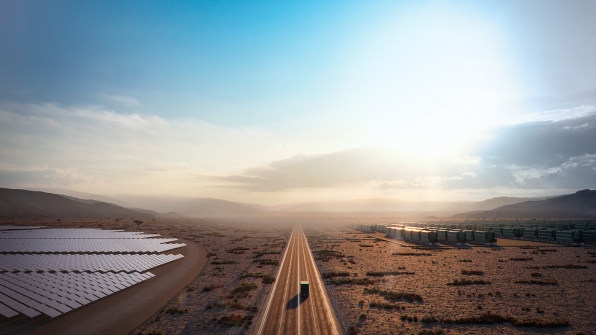
The first units in the system, called Project Bison, will be running by the end of next year. By 2030, as it scales up, the project plans to capture five million metric tons of CO2 a year, or roughly the equivalent emissions from driving a million gas-powered cars for a year. The “carbon removal” service will be sold to customers like corporations that want to offset their emissions. It’s the largest single project of its kind, so far, that’s planned anywhere in the world.
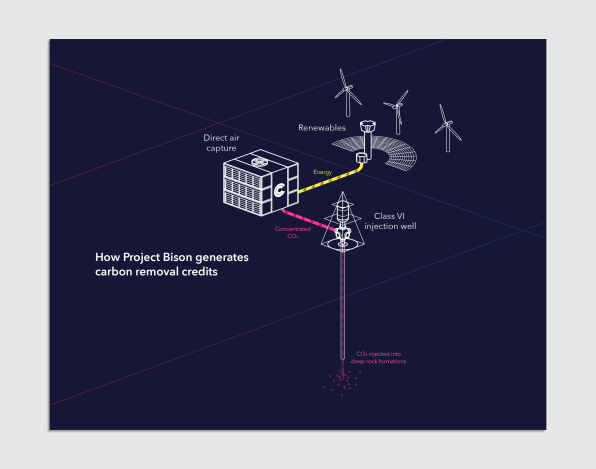
“We’ve been able to put the pieces together to knock down the barriers of scaling over time,” says Adrian Corless, CEO and CTO of CarbonCapture, the company building the machines. (Frontier Carbon Solutions, its partner, will store the CO2 underground.) This type of technology, called direct air capture, is in its infancy. The first commercial plant, in Iceland, opened last year, initially capturing only 4,000 tons of CO2 per year.
It’s still a very expensive way to clean up carbon pollution: a single ton of captured CO2 costs hundreds of dollars. CarbonCapture’s initial prices will start at $600-$700 to buy a credit for one ton of carbon captured and permanently stored. (To put that in perspective, humans emitted more than 36 billion metric tons of CO2 from energy use in 2021; between 1850 and 2019, we emitted more than 2.4 trillion tons. Some of that went into the ocean and land, and the rest went into the atmosphere, where it’s now wreaking havoc on the climate.)
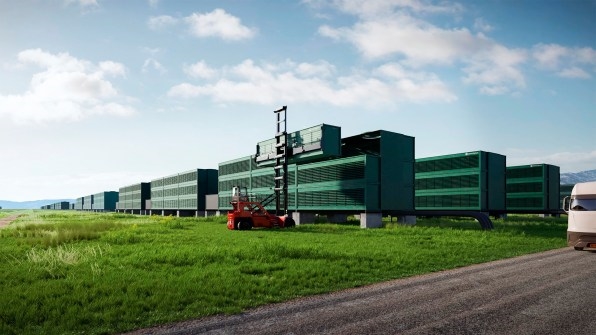
Though mechanical carbon removal has never happened at a large scale, models from the Intergovernmental Panel on Climate Change say that it is necessary to avoid catastrophic climate change. By some estimates, by the middle of the century, the world may need to be pulling 10 billion tons of CO2 from the atmosphere every year. Forests can only partially help, especially as climate change makes it harder for them to absorb carbon. A growing number of early-stage startups are working on other potential solutions, including absorbing CO2 using minerals or robotic seaweed farms. But direct air capture is also likely to be a large part of the new carbon removal industry.
CarbonCapture is working to reduce cost in part by finding cheaper materials to absorb CO2 inside its machinery. Because dozens of new sorbents are now being developed specifically for direct air capture, the company’s technology is designed to work with them interchangeably, so the equipment can easily be updated as the field progresses. The material it might use in 2030 may not yet exist. “It’s highly likely that there’s going to be a significant number of advancements,” Corless says. “So the best materials just still literally haven’t been invented yet.” By the end of the decade, it expects its price to drop to $250 per ton of captured carbon.
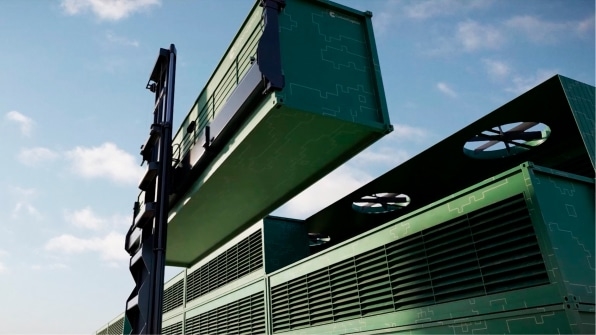
The recently-passed Inflation Reduction Act helped the startup accelerate its plans. The law boosted the tax credit available for direct air capture projects—it’s now $180 per ton—and removed the minimum project size, so the company can use those tax credits even as it’s just getting started. (It also can get paid even before it has a tax liability.) The company would have moved forward with the project without the new law, but “it allowed us to be much more aggressive in thinking about the scale,” Corless says.
It also helped that there has been a surge in interest from companies that want to offset their own emissions, but that are wary of some of the issues with traditional carbon offsets and want to be sure they’re paying for services that can permanently sequester CO2. Frontier, a group organized by leaders in the space including Stripe and Alphabet, has committed to buy nearly $1 billion in carbon removal services from nascent startups to help them grow. “It was that movement, even before the IRA passed, that gave us the foundation of a business,” says Corless.
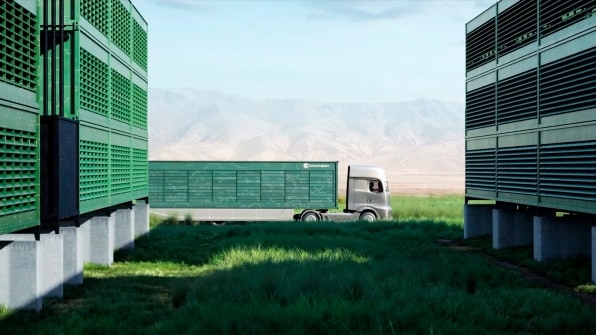
Other projects are also moving ahead. Carbon Engineering, another startup, and 1PointFive, an oil company subsidiary, are building a facility in Texas that will capture one million tons of CO2 a year. 1PointFive has laid out a vision of building 70 direct air capture plants by 2035. Climeworks, the company with the first facility in Iceland, is assessing the feasibility of building plants in the U.S. that could capture 100,000 tons of CO2 a year.
Rather than building multiple smaller plants, CarbonCapture wanted to focus on a project that could quickly scale up in place. Wyoming was an ideal location, partly because the geology is well suited to store captured CO2 underground. (Frontier, its carbon storage partner, said that it couldn’t disclose the specific location of the site in Wyoming because it doesn’t want to tip off competitors.) Wyoming’s regulations make it easier to get permits to store CO2 underground. It can also help the state transition from fossil fuels: Well-paid jobs building and operating direct air capture plants can help replace jobs from dying industries like coal.
(47)